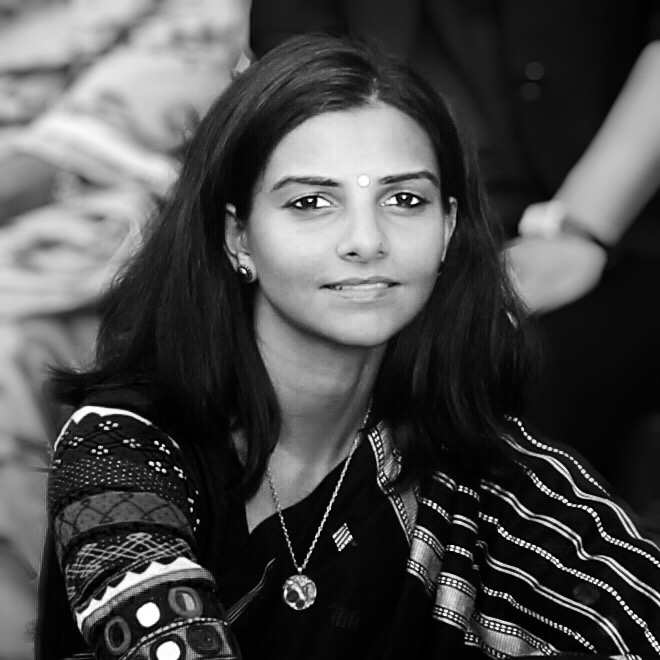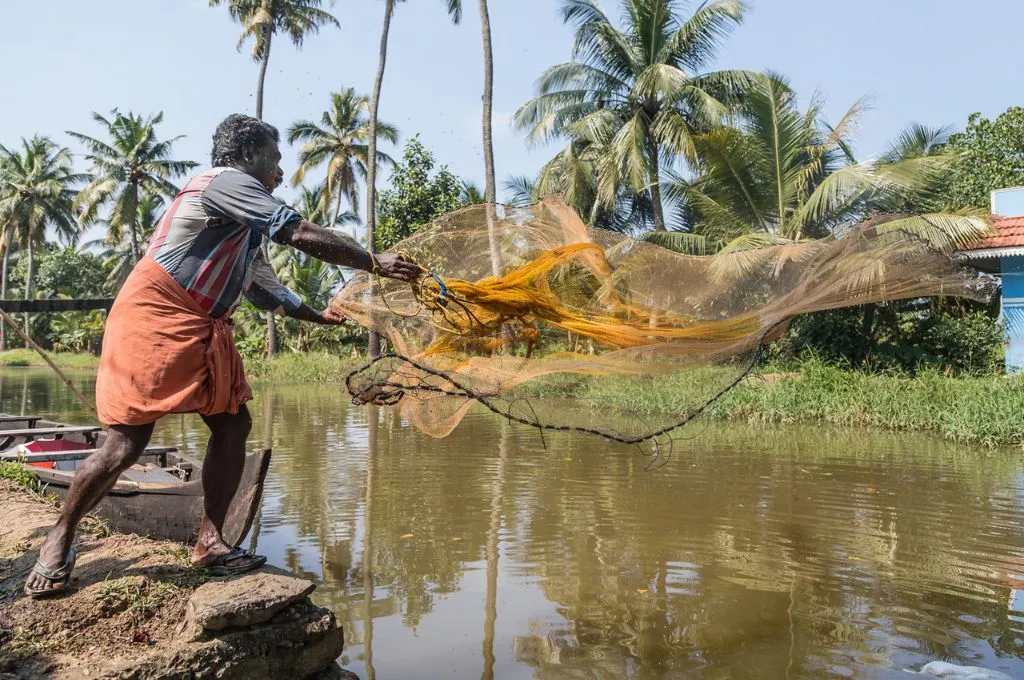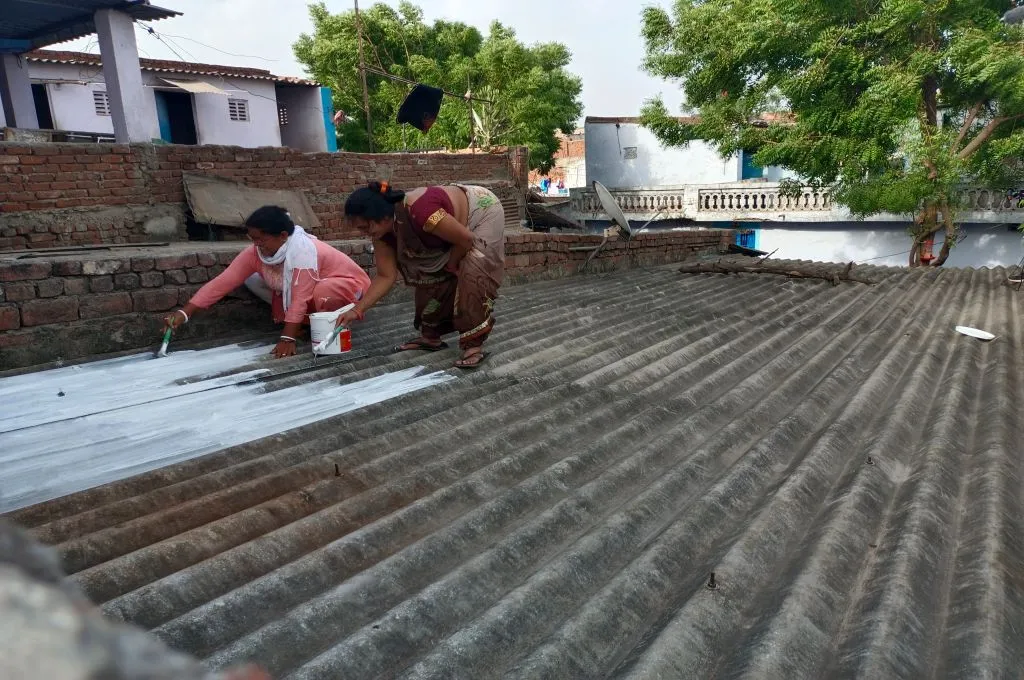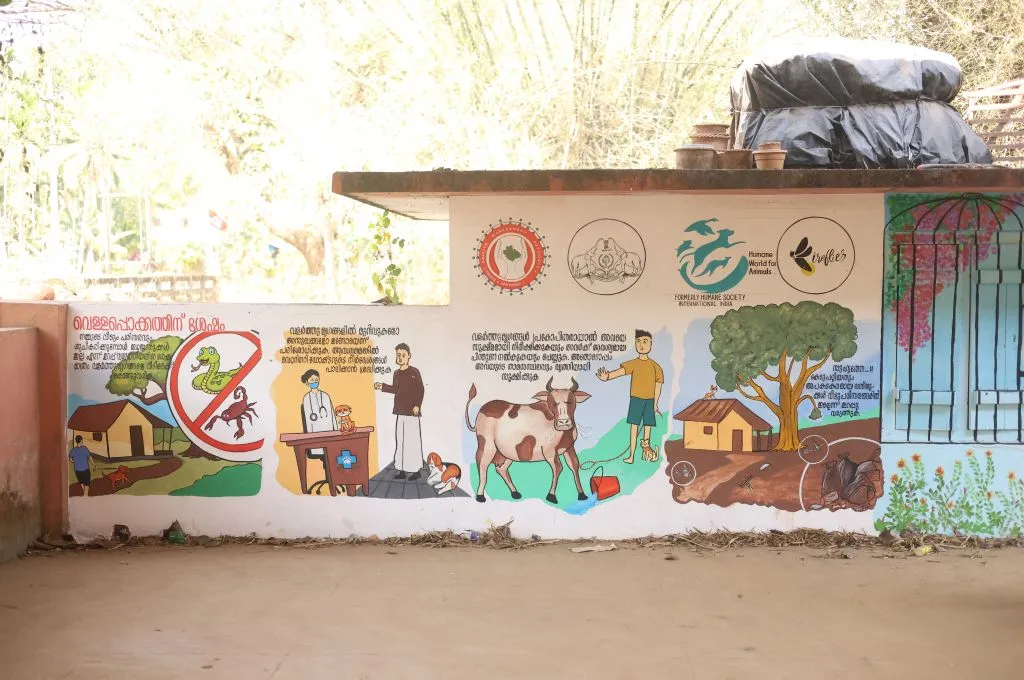Dr Kamal Bawa is a Distinguished Professor of Biology at the University of Massachusetts, Boston, and founder-president of the Bangalore-based Ashoka Trust for Research in Ecology and the Environment (ATREE), that has been ranked among the world’s top 20 environment think tanks. He has published more than 200 scientific papers and authored and edited 11 books and monographs. He has received numerous awards in the field of conservation and sustainability, and recently led the effort to initiate a National Mission on Biodiversity and Human Well-being.
In this interview with IDR, Dr Bawa talks about how biodiversity is the most critical science for our survival, the need to involve communities in conservation efforts, and what philanthropists can do in this endeavour.
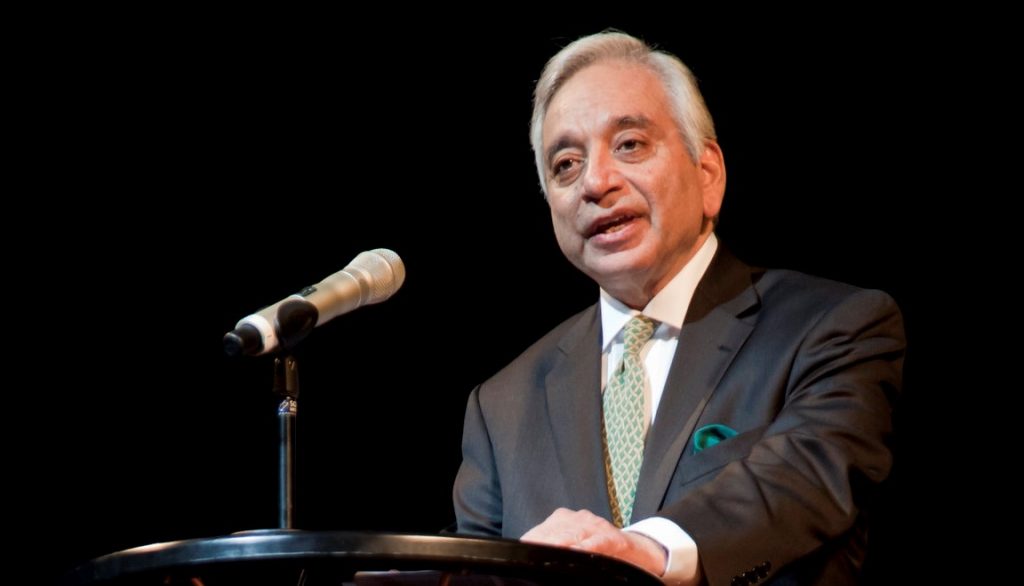
Photo Courtesy: Flickr
Could you talk about your work on biodiversity and what continues to draw you to it?
Very often, people think of biodiversity as a collection of fantastic animals and plants; but it is much more than that. It includes various life forms and is associated with natural assets: water, soils, pollinators, all of which we now call the ‘ecosystem services’ that sustain us. So, I often tell people it’s not just plants and animals that we are interested in. We are interested in the other forms of life on the planet, how these interact with each other to form ecosystems; how these ecosystems sustain and enrich human lives; and how, without them, we perhaps cannot survive.

Biodiversity may be the most critical science for our survival.
In my opinion, biodiversity science has become perhaps the most critical science for humanity. Biodiversity provides us with a framework to deal with challenges such as climate change, water scarcity, and land degradation. We can address climate change through restoration of biodiversity, land degradation through reforestation, and water scarcity by protecting watersheds and by looking at rivers as ecosystems and not channels that carry water from one source to another. We can address the agriculture crisis by bringing in more biodiversity, and by restoring soils. And so, biodiversity may be the most critical science for our survival.
My research has largely focused on biodiversity hotspots, such as the eastern Himalaya and the Western Ghats, both of which are very unique places not only because of their biological diversity, but also their cultural, ethnic, and linguistic diversity. Globally, there are 36 biodiversity hotspots, four of which are in India. The Western Ghats and the eastern Himalaya are the two largest in the country, and both are intensely affected by climate change.
My work in this field has evolved over many decades. From assessing how biodiversity is related to our lives, to how it is changing, to more recently, climate change. Currently, I am interested in seeing how we can integrate the needs and livelihoods of people with the need for healthy ecosystems. At times, they seem to be in conflict with each other, but in reality, well-being of people and natural ecosystems are closely linked.
Can you talk about the changes you have seen in these regions over the years?
The landscape has changed dramatically. Apart from deforestation and degradation that is evident, one can see, for instance, how the natural water flows have been disrupted. Under normal conditions, if you have enough vegetation, when the rain falls, it slowly percolates through the soil and charges aquifers, and the remaining water slowly flows to the rivers. However, when the natural vegetation is removed, the water quickly runs off the surface and flows to the rivers along with sediments that have been previously held by the vegetation. In other words, apart from biodiversity, the regulatory effect that nature and natural landscapes provide is being lost over vast areas.
The decisions that are being made at the expense of our natural landscapes are arbitrary, and not necessarily based on evidence or information.
And now we’re also seeing disruptions in water flows in the form of hydroelectric dams in the Himalaya. These dams may be necessary, given that people today consume a lot of energy. But the question always arises: have we considered all the alternatives? Where is the evidence that shows that over the next 20 years, these dams—and not other sources—are necessary for energy?

Increasingly, the decisions that are being made at the expense of our natural landscapes are arbitrary, and not necessarily based on evidence or information from diverse sources. When we say, for instance, that a certain percentage of our energy will come from hydropower, we need to ask for the basis of that allocation. It is surprising to me that we live in a country with the third highest scientific brainpower in the world, and yet we make decisions arbitrarily.
Today, the glaciers that feed the rivers are melting fast. When the hydroelectric dams were planned twenty or more years ago, the changes in water flows that would occur due to melting of glaciers were not taken into account.
For us, the key challenges today are curtailing the loss of biodiversity and restoring biodiversity and ecosystem services. There are vast landscapes in India where biodiversity can be restored, and these include urban and peri-urban areas as well.
Where are we going wrong?
Governance of natural areas is largely under the purview of government agencies that do not have the expertise or inclination to deal with the multiple ways in which society interacts with biodiversity, especially interactions between local communities and their surrounding habitats.
There are also development pressures in terms of mining, hydropower, and diversion of forest lands by the government for projects such as roads. In the formulation of these activities, rarely is there a discussion of costs and benefits, trade-offs, and alternatives. Natural areas are deemed dispensable and not seen as reservoirs of biodiversity or sources of ecosystem services that will sustain not only us but also future generations.
Further, whatever remains of natural ecosystems is—for the most part—highly degraded by invasive species; by people, whether for legitimate use by local communities or outsiders/tourists; and by pollution, as is the case for almost all water bodies.
Why do you think we are in this situation?
There are many reasons for the situation in which we find ourselves. I will mention just a few. First, many of our policies are a legacy of the past. Second, is centralised governance—societies have virtually no role in the management of resources or assets in which they have a major stake. Third, is the exclusive focus on conservation of wildlife and not on ecosystem services, or the multiple benefits that nature provides. And finally, there is still little concern about the role of people who live in and around natural areas, and depend on them for sustaining their livelihoods, in managing these resources.
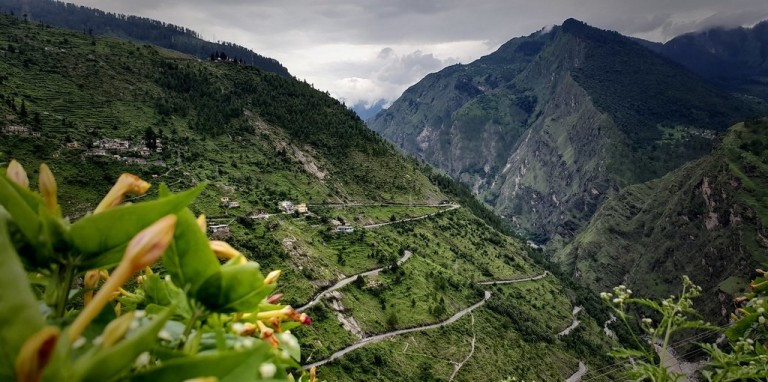
The key challenges today are curtailing the loss of biodiversity and restoring biodiversity and ecosystem services. | Photo courtesy: vijaymverma/Flickr | Creative Commons Attribution Share Alike 2.0 Generic
Where does India need to focus in the coming years, to safeguard and restore our biodiversity?
We need a better assessment of what we have, in terms of biodiversity, as well as the changes underway. We also need to better understand how to mitigate these changes by engaging a much wider section of society than has been the case in the past. Restoration of our declining biodiversity must be increased to 5-10 times the current rate, with the use of better science and greater participation of stakeholders. Put simply, we need a much stronger knowledge base for action that transforms our land.
Thus, we need to make more investments in biodiversity science, and develop and initiate efforts in biodiversity assessments and restoration that would fully involve local communities, citizens, and students. Conservation and restoration efforts must engage people who interact with local ecosystems, and integrate livelihoods needs with conservation. As I often say, science alone will not do. Knowledge outputs must be linked with action aimed at better policies and governance as well.
Can you tell us about the National Biodiversity Mission?
We are trying to persuade the government to make major investments in biodiversity science. The National Mission on Biodiversity and Human Well-being plans to carry out a comprehensive mapping and documentation of India’s biodiversity, and enable professionals to handle environmental data for management and monitoring of our biodiversity. This alone is a massive endeavour, given the tremendous richness of India’s biodiversity.
There are six components to the programme. Five of them are: biodiversity and health, biodiversity and agriculture, biodiversity and climate change, biodiversity and ecosystem services, and biodiversity and the new green economy—all directed to fostering human well-being. The sixth component focuses on strengthening the country’s capacity to meet our major biodiversity-related challenges, by engaging hundreds of thousands of students and citizens in collecting data and information about our biodiversity. During the next five years, the Mission will also focus on building a cadre of at least 1,000 high calibre professionals that can engage in science, policy, and action. Across all of these areas, the Mission will also strengthen government institutions that deal with biodiversity science.
The ultimate goal is to expand the knowledge of biodiversity in natural ecosystems, and of interactions within society, to better design conservation and restoration efforts. The mission will be linked to other relevant missions, and will assist the country in emerging as a knowledge powerhouse in the field of biodiversity science, as well as in the design of evidence-based policies and action on the ground, to realise the United Nation’s Sustainable Development Goals.
Do you think there is a role that philanthropists can play here?
Absolutely. Two things need to change. First, Indian philanthropists have to realise that everything they are doing pales in comparison to the urgent need to meet our environmental challenges. Biodiversity is the key to meeting those challenges, whether these relate to climate change, water scarcity and pollution, or degraded land. Second, the number of philanthropic initiatives in biodiversity in a country like India needs to increase at least tenfold over the next five years. Philanthropists must expand their well-intentioned efforts to support institutions and individuals that have the greatest potential to resolve environmental dilemmas for present and future generations.
—
Know more
- Learn in detail about India’s biodiversity hotspots through Dr Bawa’s books on the Himalaya and the Western Ghats, and about the 36 biodiversity hotspots across the globe.
- Read more about the National Mission On Biodiversity And Human Well-Being and India’s National Biodiversity Action Plan.
- Explore the India Biodiversity Portal, a repository of collective intelligence on the biodiversity of the Indian subcontinent. Understand how different species within an ecosystem are connected with each other.
- Explore ATREE’s library of research-based publications on a range of sub-topics within ecology and the environment.
- Watch this video to learn more about COP 26 and why biodiversity needs to be a part of the global climate change discourse.

